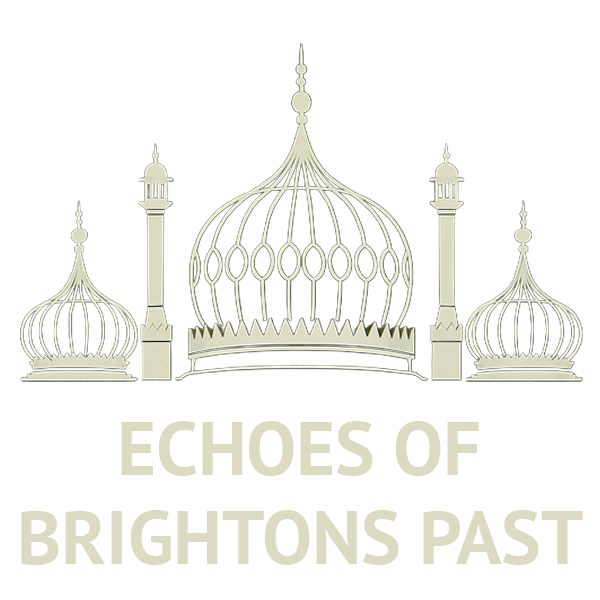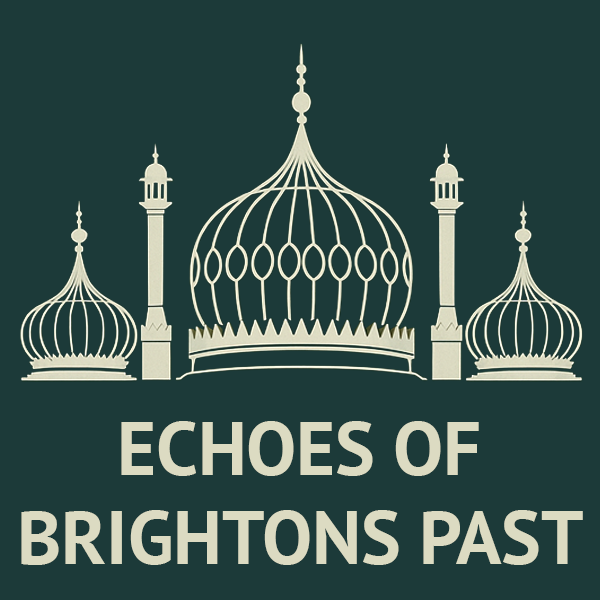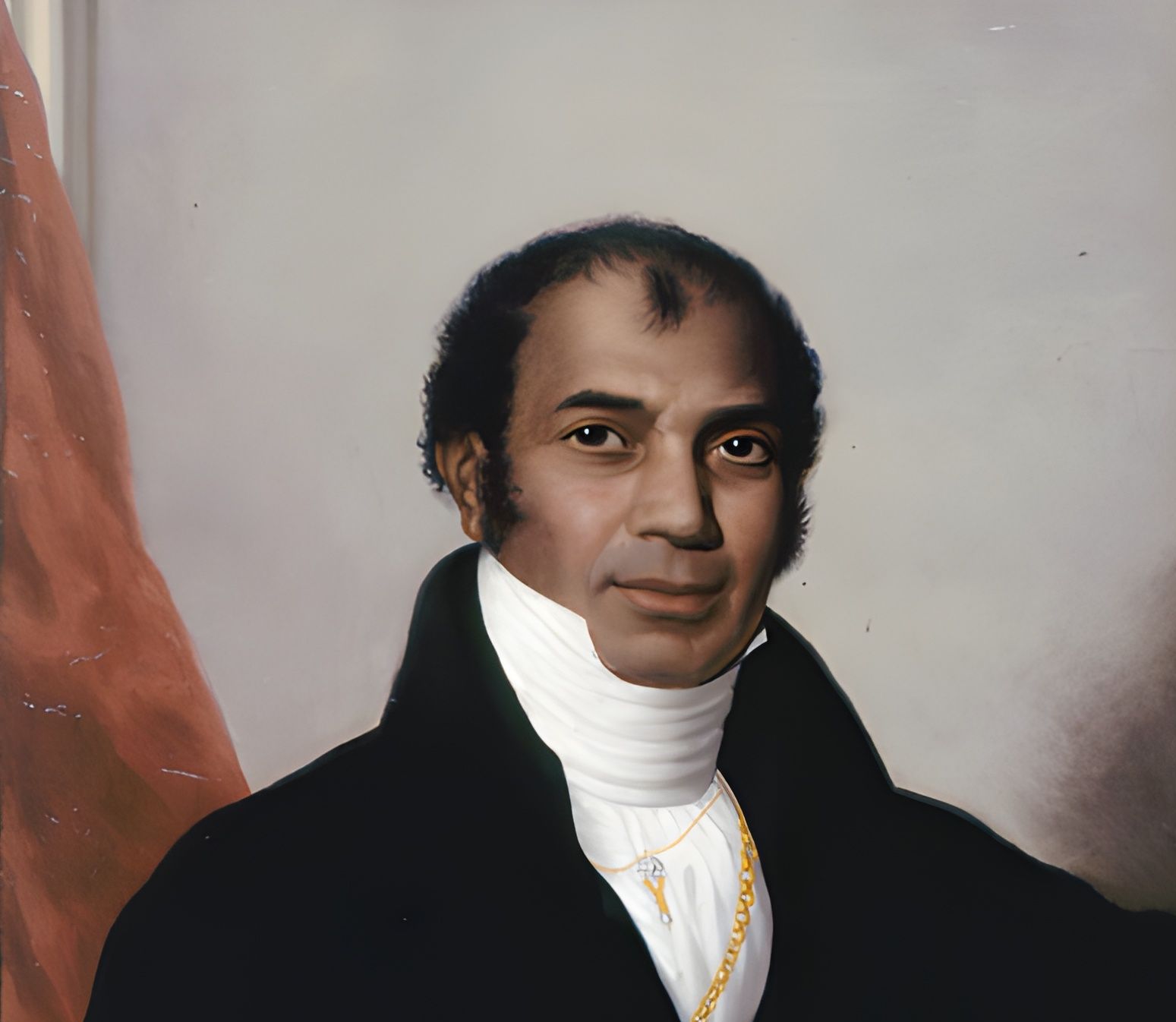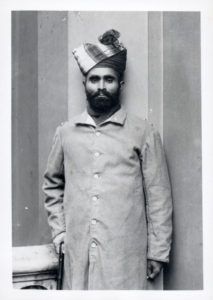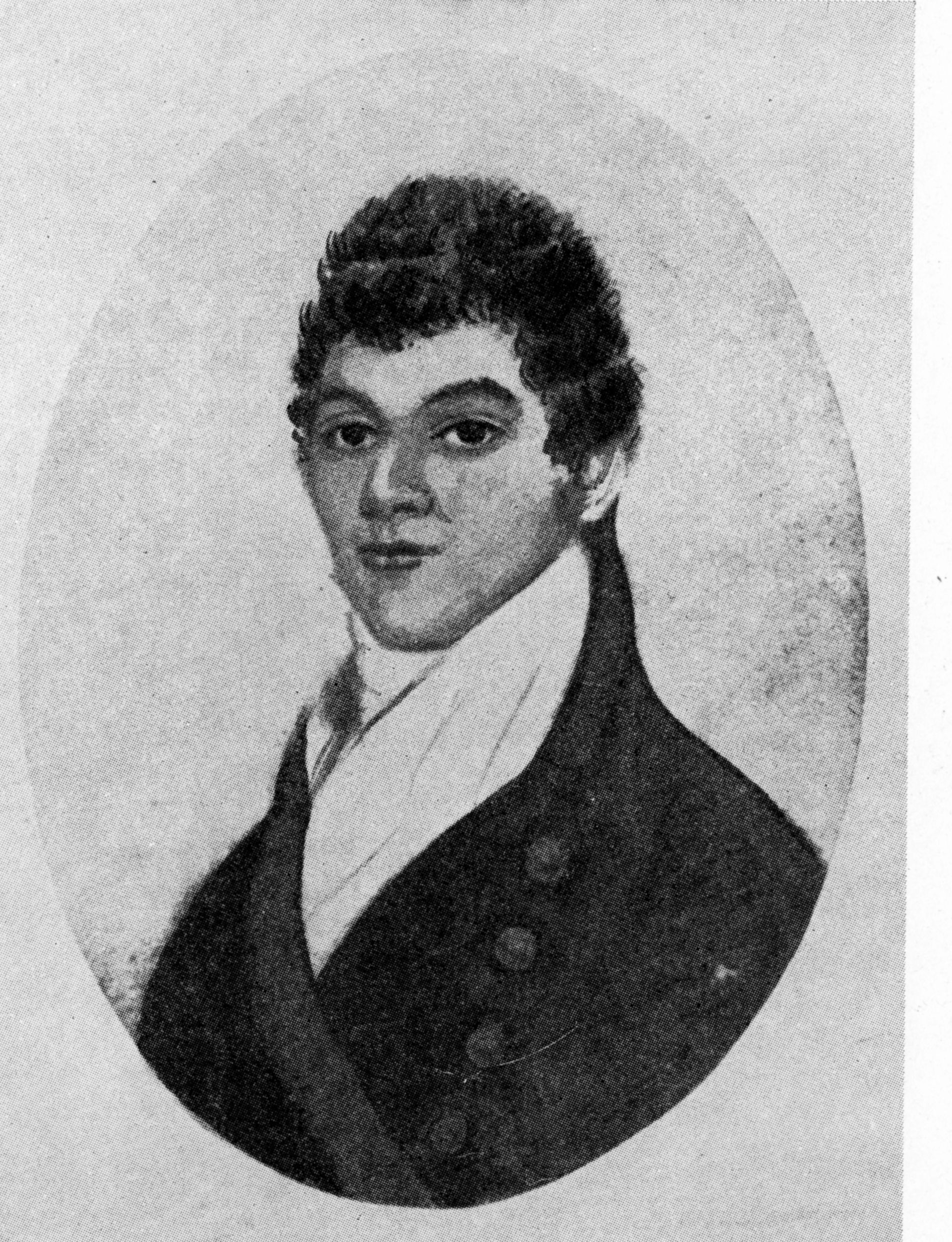Article
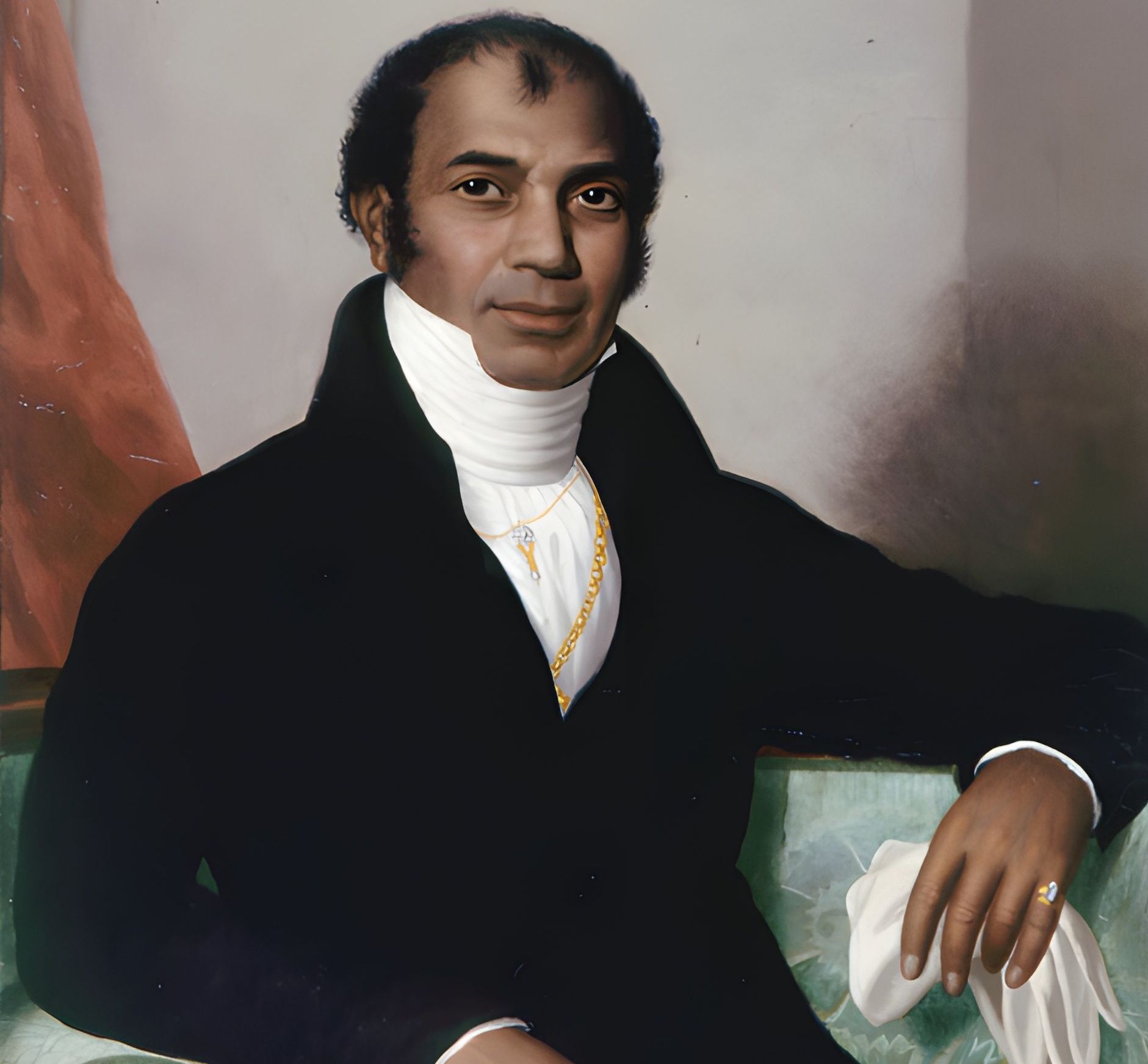
FROM PATNA TO BRIGHTON
SAKE DEEN MAHOMED (1759–1851)
From the banks of the Ganges to the seaside streets of Brighton, Sake Deen Mahomed lived an extraordinary life. He was a surgeon’s assistant, author, entrepreneur, and the man who brought Britain its first curry house and the word “shampoo.” Long before the Raj or the Windrush generation, he helped shape British culture in ways we still feel today.
FROM PATNA TO IRELAND (1759–1784)
Mahomed was born in Patna, India, in 1759. After losing his father, he joined an Anglo-Irish army officer, Captain Baker, and travelled across India with the East India Company. Along the way, he learned surgery and languages like Persian and Urdu. When Baker left India in 1784, Mahomed went with him, swapping the heat of Bengal for the damp streets of Cork.
LIFE AND LOVE IN CORK (1784–1806)
Mahomed quickly picked up English and fell in love with Jane Daly, the daughter of a local wine merchant. They married in 1786. A few years later, he published The Travels of Dean Mahomet, the first book in English by an Indian author. It brought Indian sights and stories to life for curious Irish readers.
CURRY AND “SHAMPOO” IN LONDON (1807–1812)
In London, Mahomed worked at a high-end bathhouse where he introduced head massages known as champi, the origin of the word “shampoo.” In 1810, he opened the Hindoostane Coffee House, serving curry and hookahs under bamboo canopies. London wasn’t quite ready; the business closed after two years, but Mahomed had introduced Britain to its first curry restaurant.
A FRESH START IN BRIGHTON (1814–1821)
Mahomed reinvented himself in Brighton, where he opened a spa offering Indian-style steam baths and massages. The seawater was heated and infused with oils, then guests received a vigorous “shampoo” massage from Mahomed or Jane. The baths became so popular that people started calling him “Dr Brighton,” and guidebooks listed his business as a must-visit attraction.
ROYAL RECOGNITION (1822–1838)
In 1822, King George IV made Mahomed the royal “Shampooing Surgeon” and ordered a private steam bath for his palace. European nobility followed, and Mahomed’s baths helped make Brighton a major spa destination. Other bathhouses copied his methods, but none matched his flair or reputation.
CHALLENGES AND CHANGE (1839–1846)
Despite his success, Mahomed often treated poor patients for free, which strained his finances. Eventually, he sold the bathhouse to Charles Brill. Even with the name change, locals still called it “Mahomed’s.” The Queen’s Hotel was later built on the site, where a blue plaque now honours him.
FINAL YEARS (1846–1851)
Mahomed spent his last years at 32 Grand Parade, stepping back from hands-on work but staying active in the community. He died in 1851 at age 91 and is buried in St Nicholas’ churchyard under a modest headstone.
EXPLORE HIS LEGACY IN BRIGHTON TODAY
- Queen’s Hotel – A blue plaque marks where his famous baths once stood.
- Royal Pavilion – See the King’s private bath, designed by Mahomed.
- Brighton Museum & Art Gallery – View his portrait and a silver cup from a royal admirer.
- St Nicholas’ Churchyard – Visit his grave under ancient yew trees.
- Brighton & Hove Buses Route 855 – Named in his honour, still travelling the coast.
WHY MAHOMED’S STORY MATTERS
Sake Deen Mahomed didn’t just bring something new to Britain , he changed it. His steam baths helped turn Brighton into a year-round resort, and the word “shampoo” is now used around the world. Whether you’re walking past the Queen’s Hotel or washing your hair, you’re following in the footsteps of “Dr Brighton.”
Photo credit: Courtesy of the Royal Pavilion & Museums, Brighton & Hove
